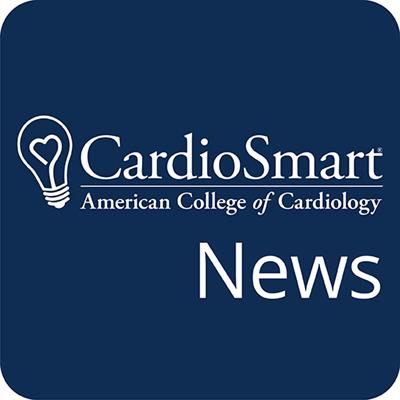
To help identify and manage patients with hypertrophic cardiomyopathy,
the American College of Cardiology and American Heart Association, along with partner organizations, have published a new guideline (“2020 ACC/AHA Guideline for the Diagnosis and Treatment of Patients with Hypertrophic Cardiomyopathy,”
Journal of the American College of Cardiology, Nov. 20, 2020).
The 2020 Hypertrophic Cardiomyopathy Guideline emphasizes shared decision-making in developing a care plan. It also covers concerns such as counseling about the genetic inheritance of the disease and participation in sports.
What Is Hypertrophic Cardiomyopathy?
If you have hypertrophic (hy-per-tro-fik) cardiomyopathy, your heart muscle gets too thick. This makes it harder for your heart to do its job. If untreated or poorly managed, hypertrophic
cardiomyopathy or HCM can cause other serious conditions such as heart failure, dangerous heart rhythms, and even sudden death.
The main symptoms are shortness of breath, fainting, chest pain, or heart palpitations. But many people with HCM don’t have symptoms.
Hypertrophic cardiomyopathy, also known as HCM, is the most common genetic heart disease in the U.S. It affects at least 1 in 500 adults. But even more people may be affected because some who have it don’t know that they do. The condition is usually
passed down in families (inherited).
The new recommendations update guidance from 2011 based on recent evidence. Here are key points that you should know about the 2020 guideline.
Shared Decision-Making
Shared decision-making is especially relevant for
people living with HCM because decisions about activity, genetic testing, and treatment choices are not always clear cut.
An in-depth conversation between patients and their care team will help ensure a full understanding of all options, including the risks and benefits of each one, and allow patients to share their goals and concerns.
“This updated guideline places emphasis on including the patient in the decision-making process rather than simply providing dogmatic lists of ‘Do's and Don’ts,’” said Steve R. Ommen, MD, FACC, FAHA, and chair of the writing
committee for the guideline.
This approach ensures that the patient receives more personalized care. It also has been shown to increase patient confidence in their care plan and improve outcomes.
Exercise
Exercise has many health benefits. In a major change from previous guidance, recreational exercise is encouraged for most patients with HCM. Recreational means light or moderate activity that does not involve training to compete.
Light exercise includes walking slowly (2 mph pace or less), cooking, and light household chores such as washing dishes or tidying up.
Moderate exercise—such as a brisk walk (2.5 mph to 4 mph)—has not been shown to trigger dangerous heart rhythms, according to new evidence. Patients should talk to their care team to create an exercise program with safe ways like walking to
stay active.
Participation in more vigorous exercise or training depends on an in-depth conversation among patients, their cardiologist and care team. The risks of a particular level of physical activity or participation should be discussed in the shared decision-making
conversation.
Discussions about all forms of exercise should take place every year.
Counseling about Inherited Condition
In most cases, HCM is an inherited condition (passed down in families). Counseling can help assess a family’s risk of HCM and help them decide on testing.
For example, a counselor can review the pros and cons of genetic testing, how the test results will be used, and whether it will be covered by insurance. The main reason to perform genetic testing is to determine if screening would be useful for close
family members—children, siblings, or parents. The screening could involve genetic testing or imaging tests, or both.
Screening helps monitor and treat close relatives at higher risk of HCM.
Specialized Centers
The guideline also encourages patients with HCM who require complicated decision-making or interventions to be evaluated and receive treatment at a specialized center. Cardiologists outside HCM centers are important in providing initial surveillance testing,
treatment recommendations, and counseling—which the guideline reinforces and supports. But referring patients to a specialized center may be useful for more complex decisions.
For example, the guideline recommends such centers if a patient needs a procedure to remove thickened areas of the heart (septal reduction therapy). Referral to a specialized center—and shared decision-making—is also recommended for a patient
considering a device to prevent sudden death (implantable cardioverter defibrillator).
New Recommendations
The guideline has 133 recommendations in all covering these topics and many others such as treatment of people with HCM and atrial fibrillation or heart failure. It also covers children diagnosed with HCM as well as pregnancy in women with HCM.
The updated recommendations outline best practices for managing HCM with new approaches, medications, and therapies. The good news is that with ongoing care, many people with hypertrophic cardiomyopathy can live a long life.
Visit CardioSmart.org/HCM to learn more.